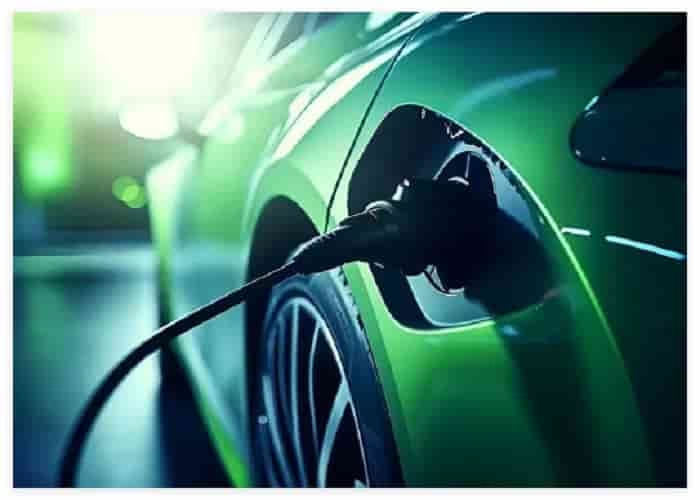On May 15, the International Energy Agency recently released the “Global New Energy Vehicle Outlook 2025” report. It shows that despite the uncertainty of the global economy, new energy vehicles are still growing strongly. It is expected that in 2025, global sales of new energy vehicles exceed 20 million, accounting for more than a quarter of total new car sales. In 2024, global new energy vehicle sales will reach 17 million, an increase of about 25% year-on-year, accounting for more than 20% of the global automobile market for the first time; in the first quarter of 2025, global new energy vehicle sales will increase by 35% year-on-year, with a significant increase.
The International Energy Agency pointed out that almost all major markets set new sales records in the first quarter. The Chinese market continues to lead, with new energy vehicle sales exceeding 11 million in 2024. Emerging markets such as Asia and Latin America are growing rapidly, with an annual growth rate of more than 60%. New energy vehicle sales in the United States increased by about 10%, accounting for more than one-tenth of all car sales. In contrast, sales growth in Europe has stagnated due to a reduction in subsidy policies and other support measures. If countries fulfill their energy and climate commitments as scheduled, by 2030, new energy vehicles will account for more than 40% of global new car sales.
At the same time, the average price of new energy vehicles worldwide will be reduced in 2024, mainly due to intensified competition and falling battery costs. In the Chinese market, two-thirds of new energy vehicles are cheaper than similar traditional fuel vehicles. Even without car purchase subsidies, new energy vehicles are still relatively cheap. In some other markets, the price of new energy vehicles is still higher than that of traditional fuel vehicles. For example, in Germany, the average price of new energy vehicles is 20% higher than that of fuel vehicles, and in the United States it is 30% more expensive.
As the world’s largest new energy vehicle market, China has the most complete supply chain system, covering the entire chain from material research and development, manufacturing management to terminal sales. Local companies such as BYD and Weilai have established brand influence in the European and Southeast Asian markets through the “technology export” model, prompting China’s intelligent driving technology to go global and achieve an export trend of “increasing both quantity and price”.
The International Energy Agency warned that if countries fail to fulfill their energy and climate commitments as scheduled, the proportion of electric vehicle sales in 2030 may be lower than expected. In addition, international trade barriers and geopolitical risks may affect the overseas expansion of China’s new energy vehicles. But overall, the growth trend of the global electric vehicle market is irreversible, and China will continue to play a leading role in technological innovation, market size and industrial chain integration.
















Leave a Reply